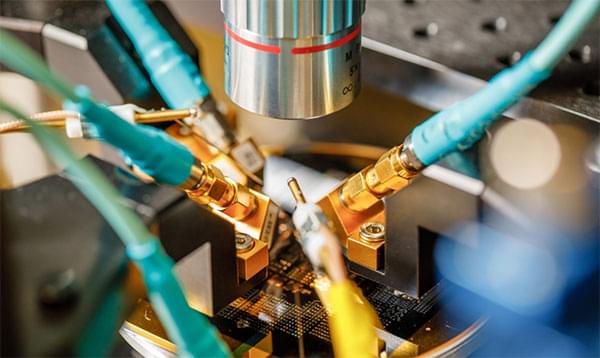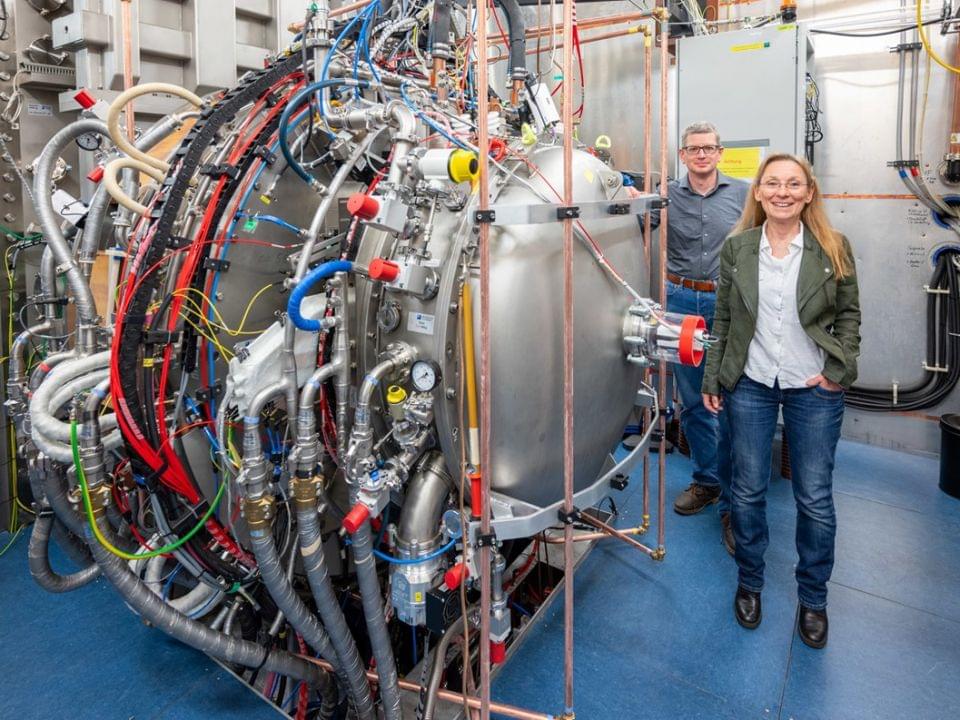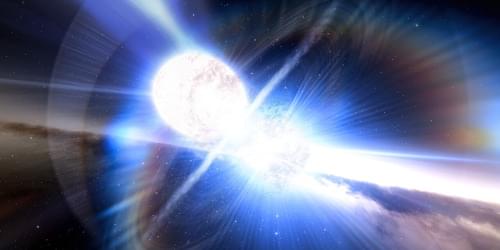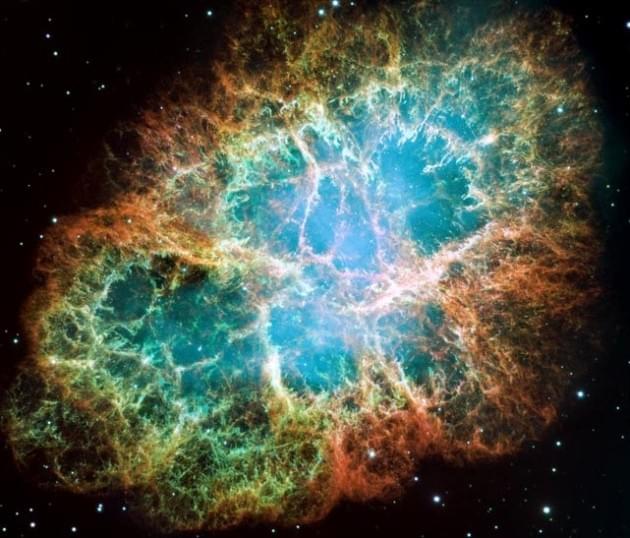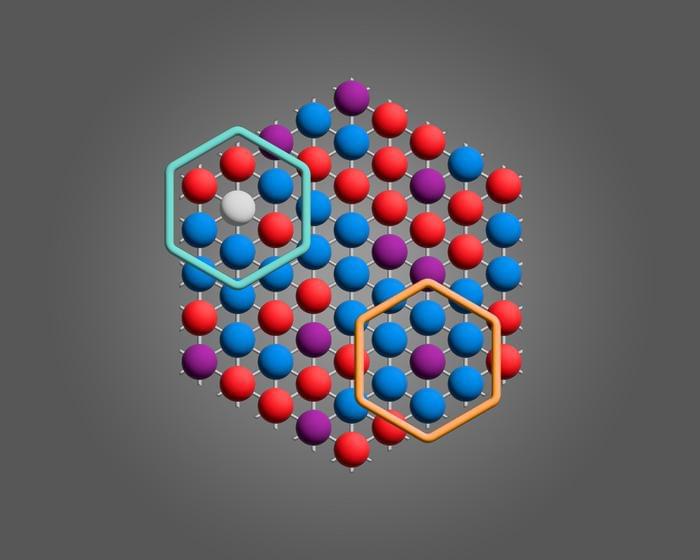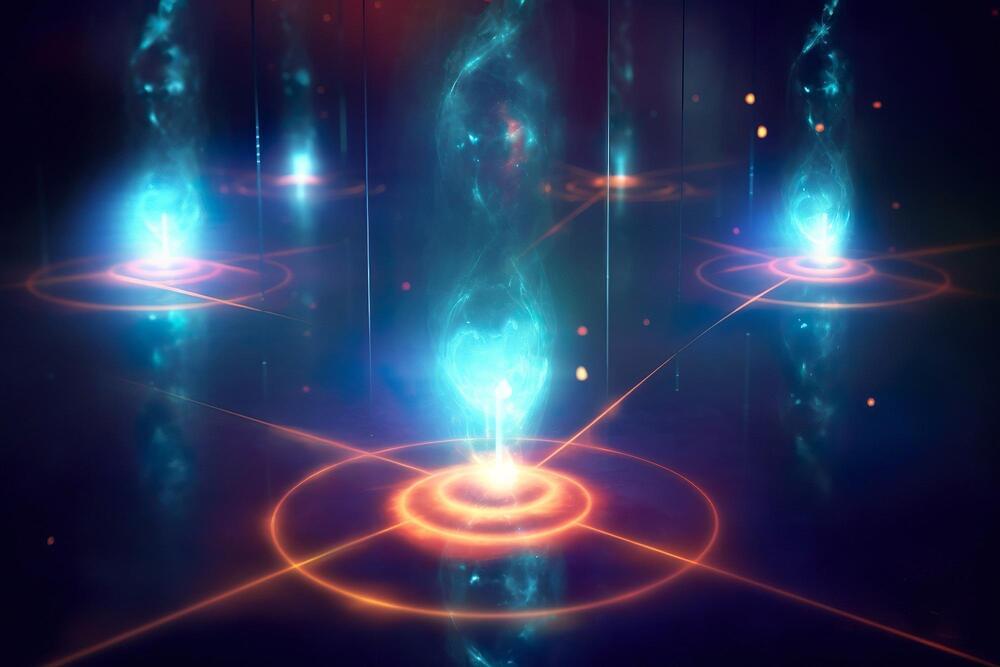Learn more about quantum mechanics from my course on Brilliant! First 30 days are free and 20% off the annual premium subscription when you use our link ➜ https://brilliant.org/sabine.
Particle physics have conducted a test using data from the Large Hadron Collider at CERN to see if the particles in their collisions play by the rules of quantum physics — whether they have quantum entanglement. Why was this test conducted when previous tests already found that entanglement is real? Is it just nonsense or is it not nonsense? Let’s have a look.
Paper: https://arxiv.org/abs/2311.
🤓 Check out my new quiz app ➜ http://quizwithit.com/
💌 Support me on Donorbox ➜ https://donorbox.org/swtg.
📝 Transcripts and written news on Substack ➜ https://sciencewtg.substack.com/
👉 Transcript with links to references on Patreon ➜ / sabine.
📩 Free weekly science newsletter ➜ https://sabinehossenfelder.com/newsle…
👂 Audio only podcast ➜ https://open.spotify.com/show/0MkNfXl…
🔗 Join this channel to get access to perks ➜
/ @sabinehossenfelder.
🖼️ On instagram ➜ / sciencewtg.
#science #sciencenews #CERN #physics
